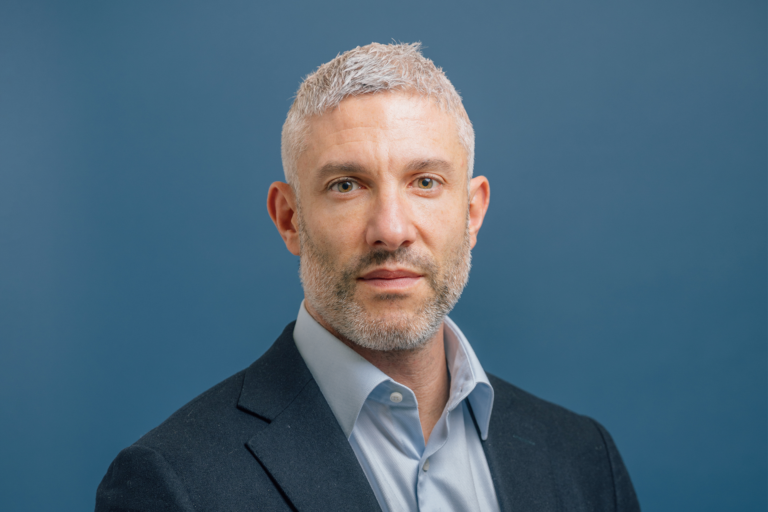What is Evidence Based Investing?
When it comes to investing your capital, evidence rules. Yet, over the last year or so, people have placed more money into active fund managers than they did passive [i] (without any proof the former will do better than the latter). So perhaps this is a good moment to revisit what the evidence says about your money.
Evidence is the engine of human life.
Like it or not, empirical facts guide us in almost everything we do – it’s hard to imagine not using evidence as the basis for most of our decisions in life.
It’s the same with your money.
From economic papers to academic research, an overwhelming body of evidence says that the most efficient and effective way of generating wealth over the long term is to buy the market.
Paying someone to beat the market on your behalf tends to come a sorry second, according to the data.
This might sound counterintuitive. You may be asking yourself ‘Surely, you want to do better than the market? Isn’t it worth trying? All those fund managers, with all those researchers behind them, must be able to do better, mustn’t they?’
Not according to the facts.
Following the facts
Evidence-based investing (EBI) is a way of building a portfolio of assets that creates wealth by capturing the returns of the whole market, driving down costs and removing the emotional decision-making of a beat-the-market mindset.
This is what’s called passive investing; buying the market, rather than trying to predict winners from within the market.
The alternative, as you might have guessed, is called active investing. Its proponents believe skill, insight and hard work can help them beat the return of the market, by taking advantage when the market gets it wrong.
The problem with active is that all the evidence supports passive investing.
And there’s a lot of evidence. “Ninety-nine per cent of the academic papers in this area say exactly the same thing. You have to find the Usain Bolt or the Lionel Messi of the fund management world to make active management work for you,” says Andrew Clare, a professor in asset management at London University.[ii]
What the evidence says
One example[iii] from just the last few weeks comes from the highly respected American firm S&P. Their most recent report looked at active funds made up of large American companies, over the last ten years, and found:
- Of the funds that did better than the average in 2020, just 5% of them did better than the average in 2021 and 2022 (if outperformance were purely random, researchers would expect a 25% repeat rate).
- Of the top 25% of funds in 2020, none remained in the top quarter for the next two years (versus a 6.25% random expectation).
- Outperformance by active managers in 2020 did not predict outperformance in the two subsequent years.
- At the other end of the spectrum, 28% of the funds that sat in bottom quarter by performance were merged or liquidated within the next five years.
“You could pile many rooms up to the ceiling with papers that would confirm [the above] from an academic point of view,” adds Professor Clare.
Passive investing, smart thinking
It’s not just about buying the market. It’s about buying the right portions of the market in the right way.
Again, academic research suggests that focusing on specific factors can help you make the most of your money. For example, investing in smaller companies or companies whose share price displays good value can offer particular advantages.
These advantages can wax and wane individually[iv], depending on market cycles, which suggests that blending a range of factors together can provide a boost to your overall portfolio.
Thinking smart also means not trying to time the market. No one knows which market segments will do well in future – not even the most expensively remunerated active fund manager. The late American economist Ezra Solomon once observed, “The only function of economic forecasting is to make astrology look respectable.”[v]
If we don’t know what will do well in future, the only thing we can do is invest at a time when we have the capital and allocate it to parts of the market where the evidence strongly supports it.
Passive investing, factor investing, and not timing the market are just three of several components to evidence-based investing. We’ve produced a guide explaining the full range, and it’s available for download here.
[i] Chart 47 https://www.theia.org/sites/default/files/2022-09/Investment%20Management%20Survey%202021-22%20full%20report.pdf
[ii] https://www.ft.com/content/d0b66944-f057-11e5-9f20-c3a047354386
[iii] https://www.spglobal.com/spdji/en/spiva/article/us-persistence-scorecard/
[iv] Exhibits 1, 2 and 3 https://eprints.pm-research.com/17511/86304/index.html?26127
[v] https://www.ft.com/content/d1a0899a-94bc-11e4-b32c-00144feabdc0
This document is marketing material for a retail audience and does not constitute advice or recommendations. Past performance is not a guide to future performance and may not be repeated. The value of investments and the income from them may go down as well as up and investors may not get back the amount originally invested.
Let's Talk
Book a FREE 30-minute Teams call and we’ll answer your questions. No strings attached.
Check Availability




